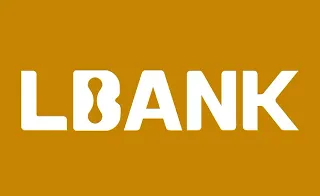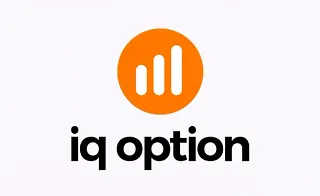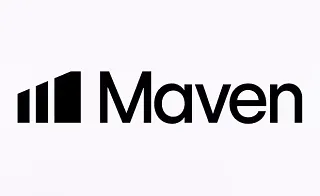In advanced technical analysis, Previous Weekly High and Low (PWH & PWL) refer to the highest and lowest price points a financial asset reached during the past trading week.
The levels are crucial in market structure analysis, identifying support and resistance levels, liquidity management, and determining optimal trade entry and exit points.
Experienced traders and quantitative analysts use these data points to extract insights into market psychology, macro trends, and accumulation/distribution zones.
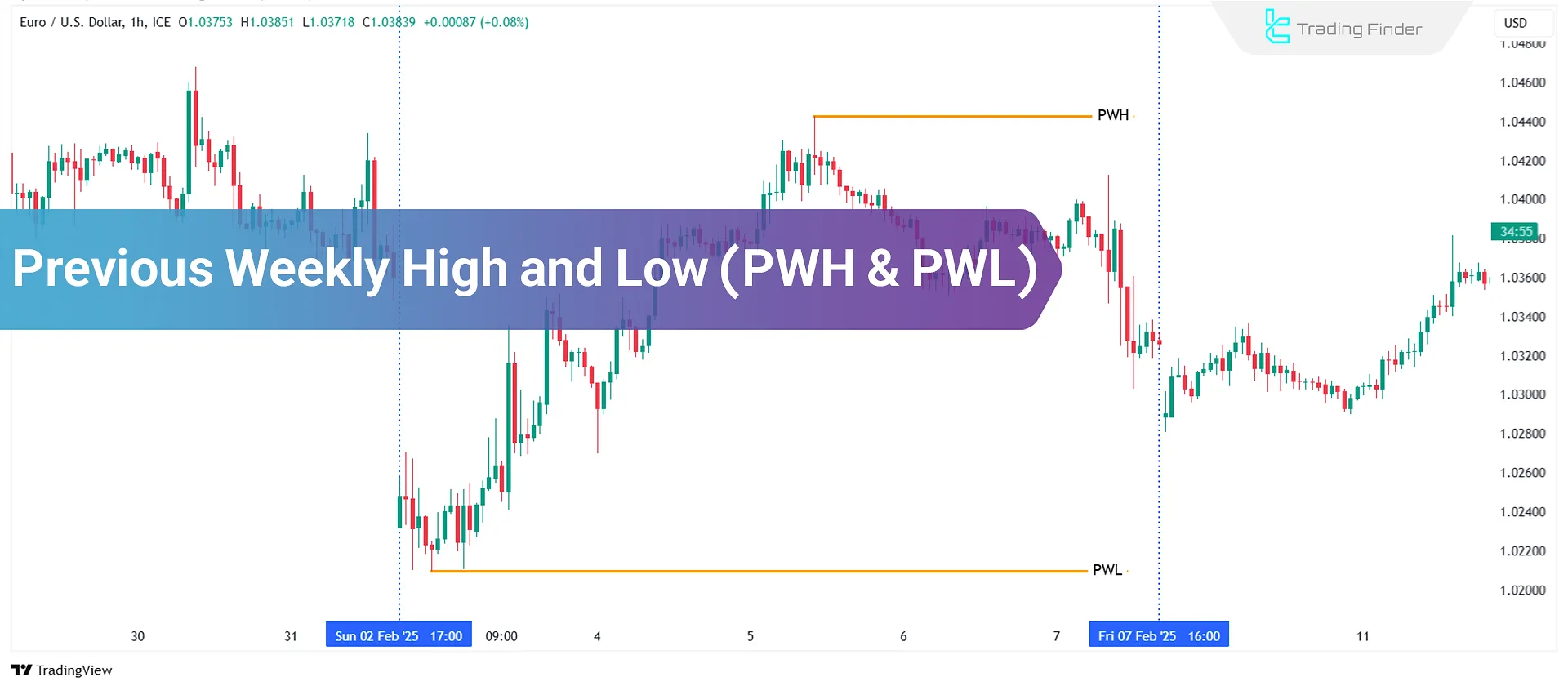
Understanding Previous Weekly High and Low
In market structure analysis, assessing PWH & PWL is vital for identifying price volatility and critical price zones. These levels act as indicators of asset price behavior and provide valuable insights into short-term trends and market liquidity.
Previous Weekly High (PWH)
The Previous Weekly High represents the highest price an asset reached during the previous weekly period. In candlestick charts, this level is typically shown as the highest wick of the weekly candle.
Its importance lies in its potential to become a dynamic resistance level, as many sell orders and buy side liquidity (BSL) accumulate in this area.
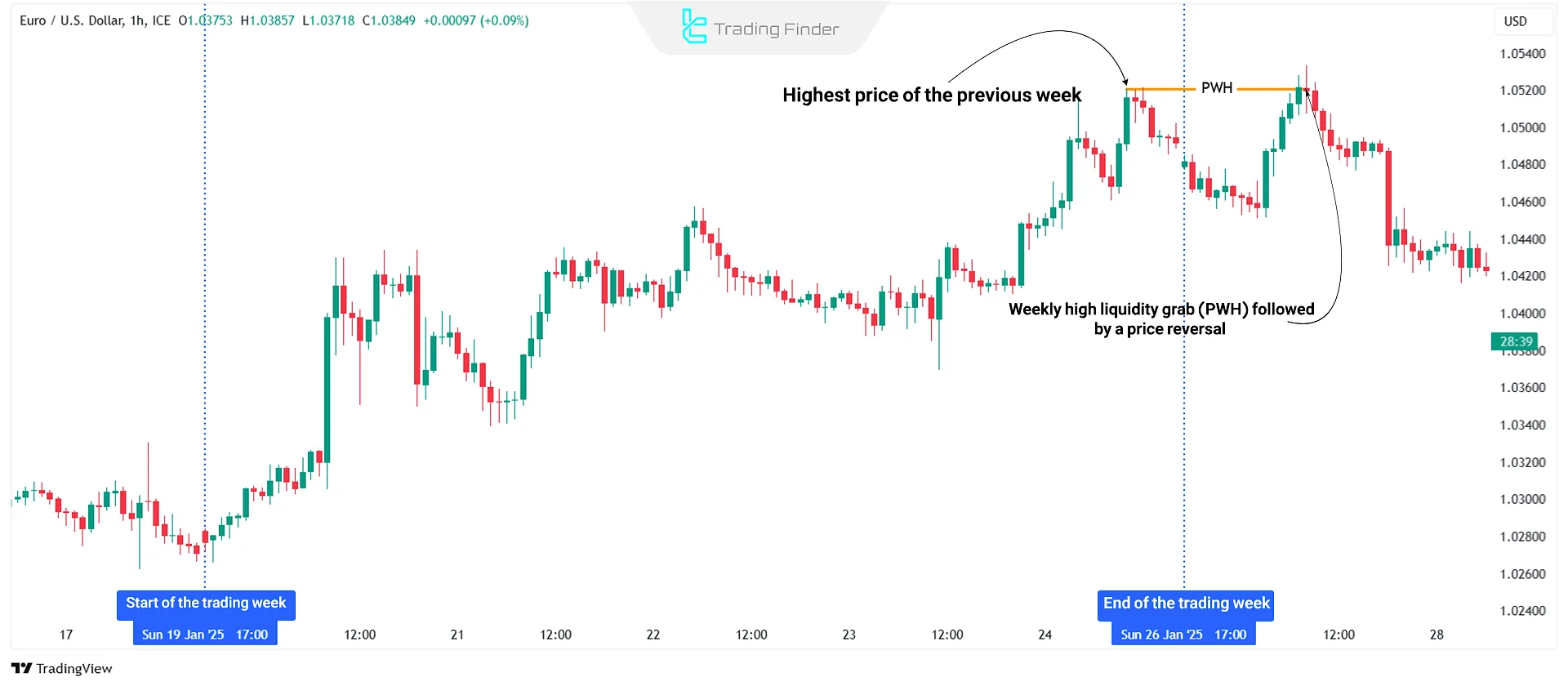
Previous Weekly Low (PWL)
The Previous Weekly Low marks the lowest price level an asset reached during the past trading week. This level indicates strong demand and accumulated buy orders and often acts as a critical support level.
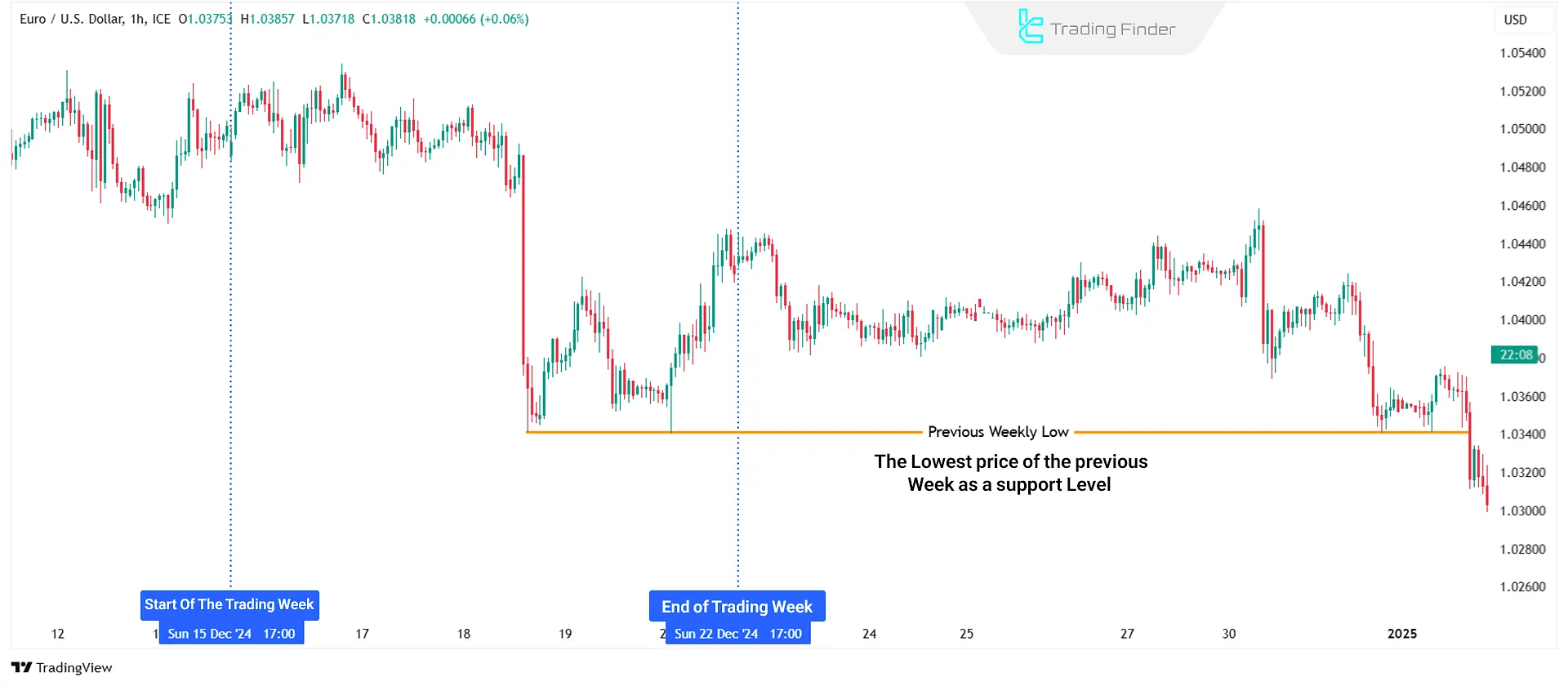
Why Are PWH & PWL Important?
Using the Previous Weekly High and Low in market structure analysis and strategy development is essential for several reasons:
- Measuring price volatility: The distance between PWH and PWL indicates the weekly price range, which helps determine trade risk levels;
- Key support and resistance levels: These points often act as dynamic resistance and support zones, serving as optimal trade entry and exit points;
- Liquidity analysis: In advanced trading strategies such as ICT style and Smart Money Concepts (SMC), these levels mark liquidity accumulation areas in Forex and other financial markets;
- Identifying macro trends: A consistent increase in PWH and PWL suggests an uptrend, while a declining pattern may signal a downtrend initiation.
Conclusion
The Previous Weekly High and Low (PWH & PWL) are key market reference points, providing insights into liquidity zones, institutional order flow, and trend shifts. Acting as dynamic support and resistance, these levels can be used to anticipate price reactions.
Utilizing PWH & PWL enables traders to identify liquidity traps, spot false breakouts, and align with market sentiment, enhancing risk management and trade execution.
